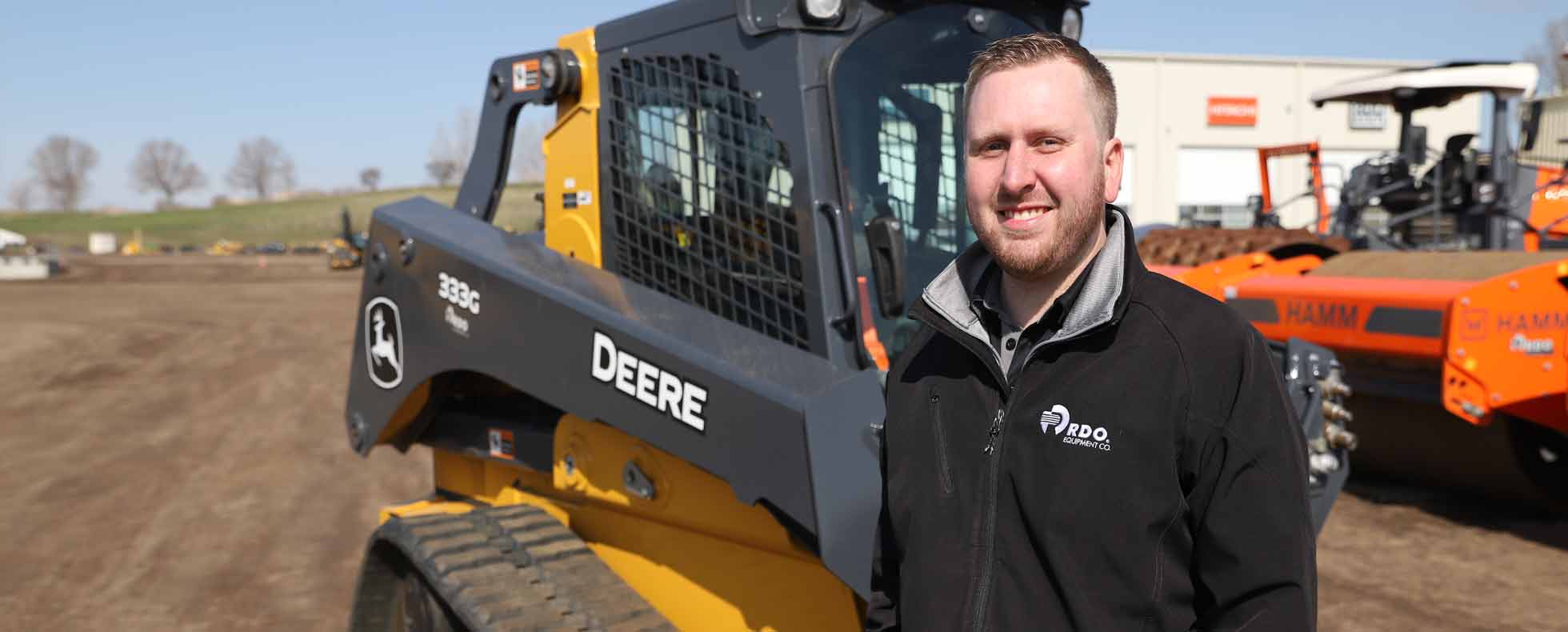
Knowing how to check and adjust track tension on a compact track loader is crucial and can make or break the longevity of the machine’s tracks – not to mention the undercarriage, its components, and the machine as a whole.
Why to Check and Adjust Track Tension
The undercarriage can account for up to 60 percent of the operating cost on a machine. The track loader’s undercarriage, components, and tracks can suffer premature wear and damage if track tension is not proper. That means repairs and replacement before they would otherwise be needed, adding unnecessary cost and downtime to the operation.
Additionally, when track tension isn’t ideal, it affects how the machine operates and the operator’s experience. Someone who spends their day in that cab deserves a smooth, comfortable ride.
When adjusting track tension, a grease zerk will be needed. Search grease zerks and other parts here.
How Often to Check Track Tension
A good rule of thumb is to check track tension every 50 hours of machine operation. However, many operators find that checking compact track loader track tension becomes part of the daily morning ritual. It is not possible to over-check track tension so having that daily awareness is a good idea.
Now, here is the simple two-step process to check and adjust track tension.
1. How to Check Track Tension
To check track tension, first tilt the track loader bucket down. Push it against the ground gently to slightly elevate part of the machine. Using a simple tape measure, measure the space between the third roller and the track. The ideal space is about an inch or inch-and-a-half.
2. How to Adjust Track Tension
In the event the space is more than an inch-and-a-half, tighten the tracks. Inject a grease zerk to tighten, the more grease, the tighter it gets. Conversely, if the tracks are overtightened, take out grease to alleviate the tension down to the inch or inch-and-a-half sweet spot.
Related video: Watch to see more about how to check and adjust track tension
What Not to do When Adjusting Track Tension
It is a common misconception that tracks cannot have any sag in them. This leads to the false belief that CTL track tension cannot be overtightened – but it can be.
Tracks that are too tight, just as with tracks that are too loose, creates excessive wear on the track, undercarriage, and components. That means replacing components sooner than needed.
Like with larger equipment including excavators and dozers, the undercarriage is one of the most important parts of a compact track loader. Taking care of the tracks with a simple tension check and adjustment is one of the best ways to extend the life of the tracks, the undercarriage, and the entire CTL.
--
Find more information about do-it-yourself service and repairs.
Schedule equipment service with RDO online or contact your local RDO Equipment Co. store.